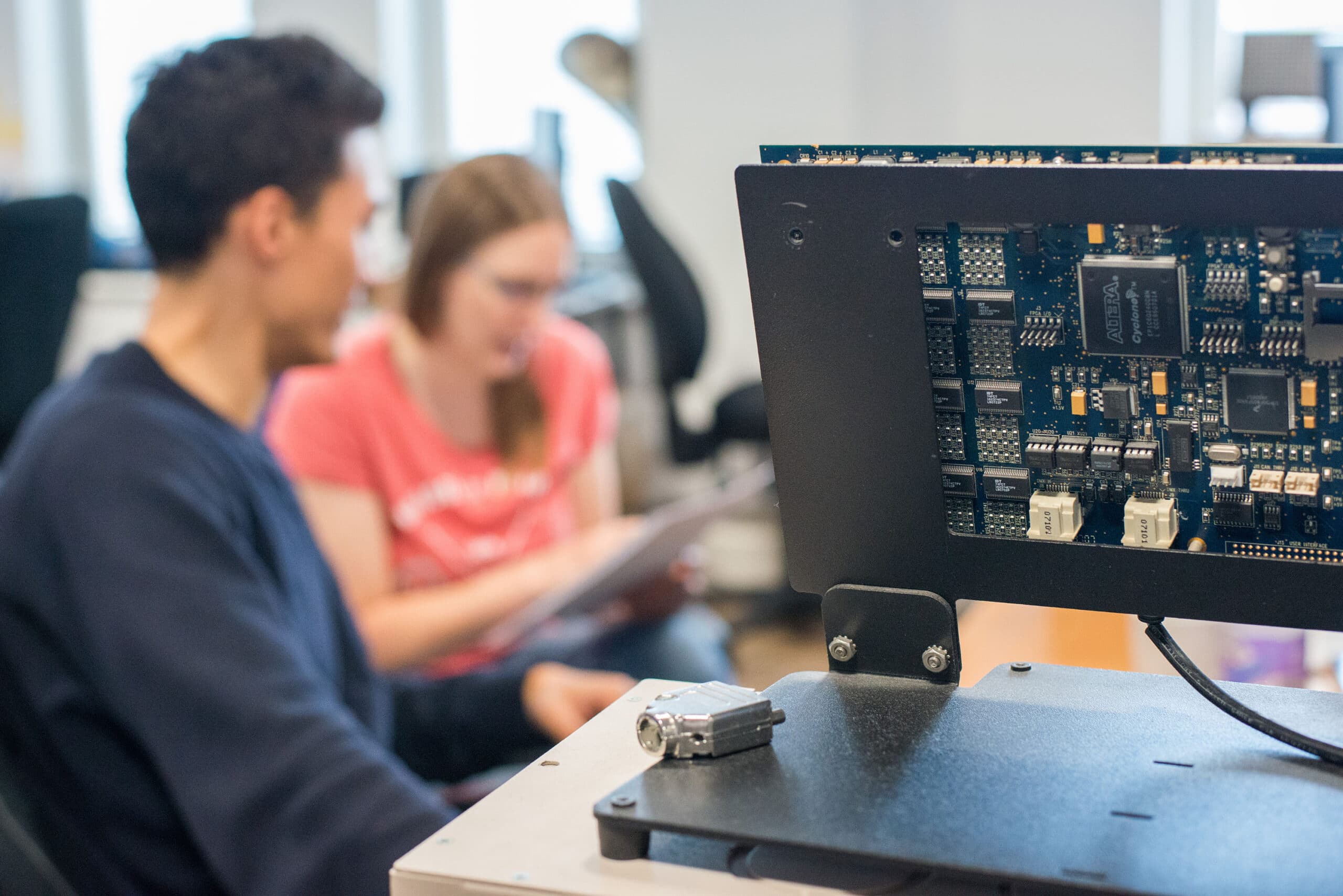Time: 2025-05-13 11:26:56View:
Formal Education:
Electrical/Computer Engineering or Computer Science degree (most common path)
Relevant coursework: Digital Logic, Computer Architecture, VLSI, Embedded Systems
Self-Study Alternative:
Online courses (Coursera, Udemy, edX)
FPGA-specific training from vendors (AMD/Xilinx, Intel FPGA University Program)
Digital logic design fundamentals
Hardware description languages (VHDL and/or Verilog)
Computer architecture concepts
FPGA architecture basics (LUTs, DSP slices, block RAM, etc.)
Common protocols (AXI, UART, SPI, I2C)

Beginner Options (150):
First Projects to Try:
LED blinkers and PWM controllers
UART communication
VGA signal generation
Simple processor implementation (8-bit CPU)
Digital filters
Xilinx: Vivado (Vitis for SoCs)
Intel: Quartus Prime
Open Source: Yosys + nextpnr (for Lattice)
HDL Coding: VHDL/Verilog best practices
Verification: UVM, SystemVerilog, cocotb
High-Level Synthesis: C/C++ to RTL (Vitis HLS, Intel HLS)
Timing Constraints: SDC/XDC files
Protocols: Ethernet, PCIe, DDR memory interfaces
Problem-solving for hardware/software co-design
Documentation practices
Collaborative development (Git for HDL)
GitHub with HDL projects
Blog documenting your learning process
FPGA-related Hackathon participation
Xilinx Developer Program certifications
Intel FPGA Technical Training
Lattice Semiconductor certifications
FPGA Design Engineer
Digital Design Engineer
Verification Engineer
Embedded Systems Engineer (with FPGA component)
Applications Engineer (at FPGA vendors)
Aerospace/Defense
Telecommunications
Data Centers/Networking
Automotive (ADAS, infotainment)
Medical Devices
Financial Technology (high-frequency trading)
Learn system-level design (FPGA + CPU)
Master high-speed digital design
Develop embedded Linux skills for SoCs
Study ASIC prototyping flows
Join IEEE
Attend FPGA conferences (FPGA World, DAC)
Participate in FPGA forums (Xilinx Community, FPGAgroups)
Start with HLS (High-Level Synthesis)
Learn SystemVerilog for verification
Gradually move to RTL design
Focus on PCB design with FPGAs
Learn signal integrity concepts
Combine analog and digital skills
Junior FPGA Engineer (0-2 years):
Basic RTL coding
Testbench development
Board bring-up support
FPGA Engineer (2-5 years):
Complex subsystem design
Timing closure responsibility
Protocol implementation
Senior FPGA Engineer (5+ years):
System architecture
Technical leadership
Cross-team coordination